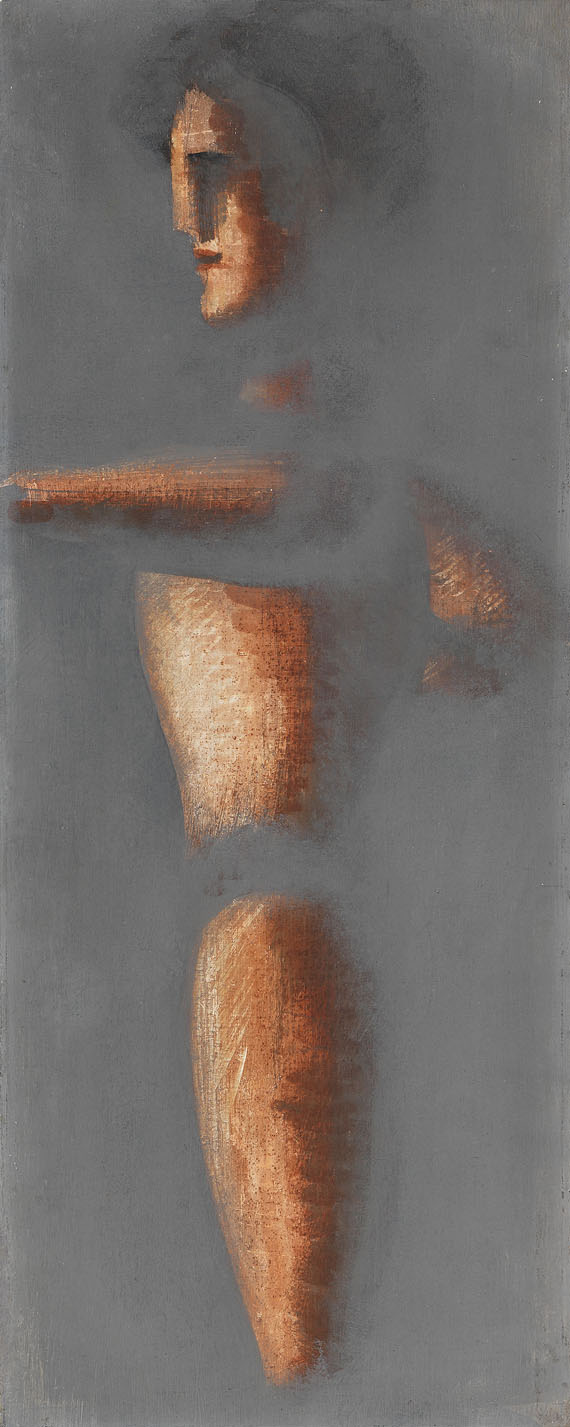Dictionary


Bauhaus Afterffects
The aftereffects of Bauhaus can be seen from several angles. When the Bauhaus was still in existence, several former members had already begun to carry the teachings and artistic principles into other art schools, both public and private. Johannes Itten, for instance, founded the "Moderne Kunstschule" (Modern Scool of Art) in Berlin in 1926, called "Ittenschule" as of 1929. The school was in operation until 1934. He recorded the didactic acomplishments, originating from his prep courses in Weimar, that had a long-lasting importance in his teachings, in numerous publications.
Many former Bauhaus students and teachers decided to emigrate to the USA after the Bauhaus had been closed by the National Socialists in July 1933. The most important Bauhaus succession developed in the USA: Josef and Anni Albers taught at the "Black Mountain College" in North Carolina, where Xanti Schawinsky was head of the stage group. Ludwig Mies van der Rohe, Ludwig Hilberseimer and Walter Peterhans worked at the "Armour Institute of Technology" (today "Illinois Institute of Technology") in Chicago and László Moholy-Nagy at the "New Bauhaus". Walter Gropius worked in the department of architecture at the "Harvard Graduate School of Design".
The Ulm school of design was established in 1953, and was very close to the principles of Bauhaus; Josef Albers was giving lectures there.
Finally, it is important to mention the design objects that were created during the Bauhaus days, such as the desk lamp by Carl Jakob Jucker and Wilhelm Wagenfeld in 1923-24, the seating furniture by Marcel Breuers or lamps by Marianne Brandt and Hin Bredendiek - many of those objects have advanced to timeless classics.
The aftereffects of Bauhaus can be seen from several angles. When the Bauhaus was still in existence, several former members had already begun to carry the teachings and artistic principles into other art schools, both public and private. Johannes Itten, for instance, founded the "Moderne Kunstschule" (Modern Scool of Art) in Berlin in 1926, called "Ittenschule" as of 1929. The school was in operation until 1934. He recorded the didactic acomplishments, originating from his prep courses in Weimar, that had a long-lasting importance in his teachings, in numerous publications.
Many former Bauhaus students and teachers decided to emigrate to the USA after the Bauhaus had been closed by the National Socialists in July 1933. The most important Bauhaus succession developed in the USA: Josef and Anni Albers taught at the "Black Mountain College" in North Carolina, where Xanti Schawinsky was head of the stage group. Ludwig Mies van der Rohe, Ludwig Hilberseimer and Walter Peterhans worked at the "Armour Institute of Technology" (today "Illinois Institute of Technology") in Chicago and László Moholy-Nagy at the "New Bauhaus". Walter Gropius worked in the department of architecture at the "Harvard Graduate School of Design".
The Ulm school of design was established in 1953, and was very close to the principles of Bauhaus; Josef Albers was giving lectures there.
Finally, it is important to mention the design objects that were created during the Bauhaus days, such as the desk lamp by Carl Jakob Jucker and Wilhelm Wagenfeld in 1923-24, the seating furniture by Marcel Breuers or lamps by Marianne Brandt and Hin Bredendiek - many of those objects have advanced to timeless classics.
Offers for Bauhaus




